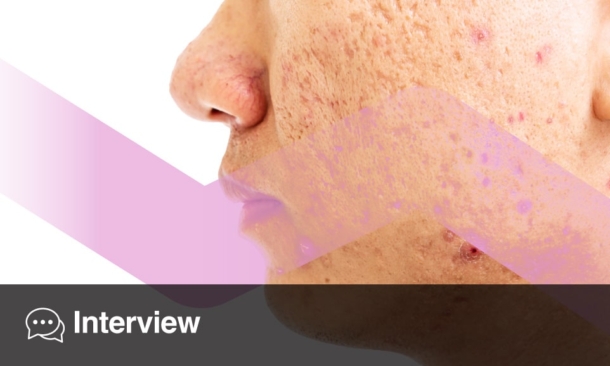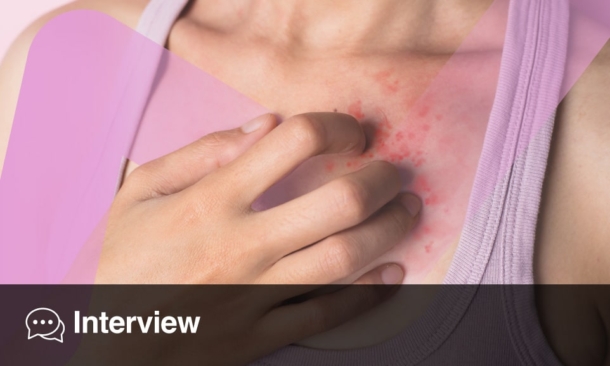BACKGROUND
Jaccoud’s hand is a rare deforming arthropathy, first described in 1869 by Sigismond Jaccoud.1 Joint deformities are usually reversible, chronic, and non-erosive. Several aetiologies have been suggested.
The authors report a case of Jaccoud’s hand in a patient with systemic lupus erythematosus (SLE).
OBSERVATION
A 34-year-old female patient with 20 years’ follow-up for SLE with cutaneous, articular, haematological, and renal involvement, was referred to the authors’ department for trophic disorders of hands and feet. Physical examination revealed telangiectasic malar erythema (Figure 1A), erosive cheilitis, ulcero-necrotic lesions on hands and feet, and ‘cubital gust of wind’ appearance of both hands (Figure 1B).

Figure 1: A) Malar erythema and telangiectasia. B) Reductible Z-shaped deformities of the thumbs and ulnar deviation of the fifth fingers.
Rheumatological examination revealed swan-neck deformities affecting the second, third, and fourth fingers of both hands; Z-shaped deformities of the thumbs; and ulnar deviation of the fifth fingers, which returned to a normal position with a passive manoeuvre. These reducible deformities were compatible with Jaccoud’s arthropathy.
The history revealed no Raynaud’s phenomenon or pain in the metacarpophalangeal and interphalangeal joints. These changes developed progressively, despite treatment with systemic corticosteroids and synthetic antimalarials.
CONCLUSION
The prevalence of Jaccoud’s hand in SLE is around 5%.2 Its non-erosive character distinguishes it from rheumatoid arthritis. Joint deformities result mainly from soft-tissue abnormalities such as ligament laxity, capsule fibrosis, and muscle weakness. Management relies mainly on muscle-strengthening physiotherapy and the use of orthotics.
Orthopaedic soft-tissue surgery is also an alternative in cases of significant daily impact.







